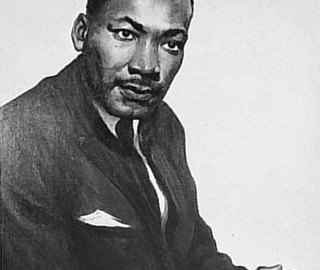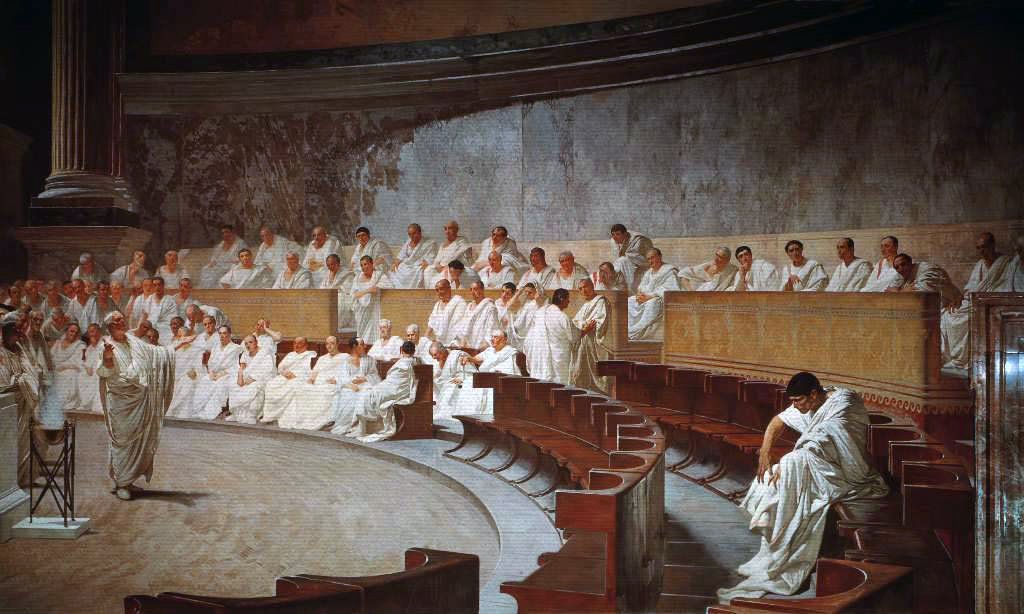Thesis, Antithesis, Synthesis: The Mind Of Martin Luther King, Jr.

When you live in Atlanta, the Martin Luther King Jr. holiday celebration is not just a one day affair. Here we have King Week activities, galas and marches for days. Morehouse College, Dr. King’s alma mater, puts on several commemorative programs honoring the famed civil rights leader. On Auburn Avenue, the King Center, a local non-profit organization that houses the internationally renowned Center for Nonviolent Social Change, is thronged by crowds visiting the gravesite of Martin Luther King Jr. and his wife Coretta Scott King. The King Museum, an interactive exhibit run by the National Park Service, sits across the street. A block west is Ebenezer Baptist Church, where both King Jr. and King Sr. preached. But the most profound moments I have experienced in the presence of King memorabilia has been at a display of the King papers, when I realized just how important Martin Luther King Jr.’s academic training and intellectual development were to the success of the civil rights movement.
The King artifacts were purchased in 2006 by a group of concerned Atlanta citizens from Martin Luther King Jr.’s estate and were subsequently donated to Morehouse College. According to the Atlanta Journal & Constitution, by February 2010, the writings of Dr. King will be fully available to the public at the Robert W. Woodruff Library of the Atlanta University Center. The papers have been under lock and key since the purchase, with one exception — a 5 month exhibition in 2007 of 600 documents from the collection.
It was just after the opening of the I Have A Dream: The Morehouse College Martin Luther King Jr. Collection exhibition at the Atlanta History Center that I had a chance late one weekday morning back in 2007 to check it out. With no opening day or weekend crowds to contend with, I took a leisurely stroll through the wing of the History Center dedicated to the display. Looking through the glass of the first display case at the tattered remains of King’s report cards, my eyebrows raised — “they paid thirty two million dollars for this?”, I said to myself. It didn’t take long, though, for a wave of nostalgia to set in as I peered at the scrawling handwriting that covered page after page of notes and rough drafts from King’s undergraduate years.
The books, some of them battered and discolored, stopped me in my tracks. Not only could I could see his young mind grappling with the ideas men the world over had wrestled with for centuries — the exhibit, organized so that King’s writings were displayed in a chronological order, often showed how these great thinkers had influenced him.
It wasn’t until I got to the telegrams and the notes from movement organizing meetings that I began to get a lump in my throat.
Since that visit, I’ve read a couple of books about King and the civil rights movement, but none of them dovetailed with the experience I had that day in the Atlanta History Center the way David Garrow’s book Bearing the Cross: Martin Luther King, Jr., and the Southern Christian Leadership Conference did. The account Garrow produced turned the stacks of books I’d seen from King’s college and graduate school days, as well as the books he received from leaders around the world, including Mohandas Ghandi, into a narrative that showed just how much King’s scholarship impacted his thinking, and in turn, the practices and policies of the southern civil rights movement.
King entered Crozer Theological Institute Seminary in 1948 as a student who had earned the proverbial “gentleman’s C’s” at Morehouse College. He left three years later as the class valedictorian. Somewhere during the early part of his tenure at Crozer, King’s intellectual curiosity caught fire, and he spent the balance of his time at the seminary exploring the work of some of the world’s most noted thinkers, including Karl Marx, Walter Rauschenbusch and Reinhold Niebuhr. The questions his exposure to these influences raised stayed with him when he matriculated at Boston University.
“Regardless of subject matter, King never tired of moving from a one-sided thesis to a corrective, but also one-sided antithesis and finally to a more coherent synthesis beyond both.”
L. Harold DeWolf — professor of King at Boston University
Bearing The Cross: Martin Luther King, Jr., and the Southern Christian Leadership Conference
King’s professors at Boston University were impressed with his scholarship, according to Garrow — so much so that they encouraged him to consider a life in academia. But King longed to return to the pulpit, where he could interact with people instead of books. Indeed, if it were not for internal dissension among the members of the Montgomery Improvement Association, King might never have ascended to the forefront of the south’s civil rights movement.
There is no way to measure how much of King’s success in formulating strategies of engagement with the White House, the Attorney General, and the state and local administrations with which he and his followers clashed were the result of a “thesis, antithesis, synthesis” approach. But I am certain his ability to understand on an intellectual level where the divergent interests of the segregationists and the civil rights advocates intersected, and his ability to articulate how these interests could both gain something by moving forward from this crossroad are the direct result of his time spent wrestling with philosophical abstractions in graduate school.





